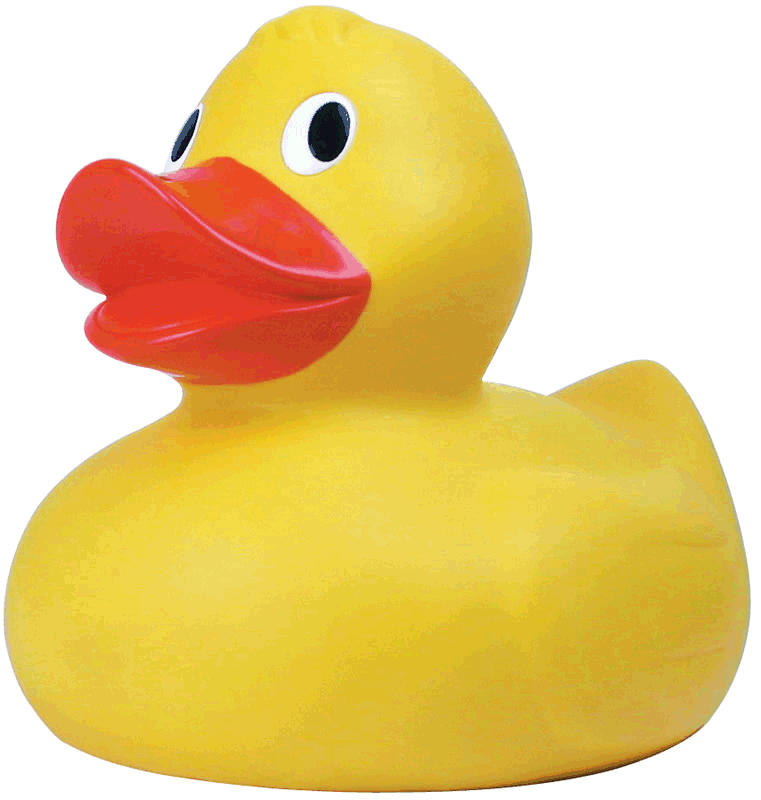
Beaver Creek Festival &
Duck Race!
Last Saturday in October
478-472-2391
Corner of Cherry St. & Spaulding Rd.
In Historic Downtown Montezuma, Georgia

Agriculture shaped the growth and development of Marshallville. Cotton was king until after the War Between the States when the fruit industry grew in importance. Wealthy landowners built large homes and new businesses which created a diverse historic district which now is listed on the National Register of Historic Places. Many of these homes may be seen on the Historic Driving Tour.
Samuel Henry Rumph, a Marshallville resident, invented a peach shipping refrigerator which revolutionized the transportation of produce to areas that had never had access to fresh harvests from the south. Local antique shops display examples of peach crates that once shipped produce such as the famous Elberta Peach, whose name was chosen by Mr. Rumph in honor of his wife.
Visit Marshallville's crape myrtle and camellia lined streets for a glimpse back at the "Old South". Celebrate the glorious blooming season in July.

Get acquainted with this historic small town which created five-mile floral corridors in the early 1930s. That's when 3000 camellias and 3000 crape myrtles were planted, plus one million daffodils, to honor a century of distinguished residents. Today some say the town is best known for the crape myrtles. Others credit the camellias which settlers brought from the Carolinas in the early 1800s. The camellia, a member of the Oriental tea family, blossoms from November through February. Marshallville likely attracts some of the visitors who come from all over the world to the American Camellia Society headquarters at Massee Lane Gardens, just outside of Marshallville.
Whether you come to see historic homes, crape myrtles, or camellias, you will surely be welcome in Marshallville.






Some of the items on this page were reprinted with the permission of Macon Magazine